Progress and Ongoing Challenges to Electronic Public Health Reporting Among Non-Federal Acute Care Hospitals
Por um escritor misterioso
Descrição
As of January 2022, eligible hospitals and critical access hospitals (CAHs) that participate in the Centers for Medicare & Medicaid Services’ (CMS) Medicare Promoting Interoperability (PI) Program are required to electronically submit data to public health agencies (PHAs) for syndromic surveillance, immunization registry, electronic reportable laboratory result (lab reporting), and electronic case reporting. Public health registry and clinical data registry reporting are not required but qualify for bonus points (1). During the COVID-19 pandemic, U.S. hospitals were also required to report data associated with hospital capacity and utilization of medical supplies to assist the government with resource allocation. This data brief uses nationally representative survey data from the 2022 American Hospital Association (AHA) Information Technology (IT) supplement to describe non-federal acute care hospitals’ active engagement towards electronically submitting data for required and optional public health and hospital capacity reporting. This analysis shows progress in hospitals’ rates of electronic reporting since 2021 (2) and highlights challenges that may hinder hospital capacity to contribute timely and accurate data to support PHAs’ ability to effectively respond to current and future public health emergencies.

Secondary data for global health digitalisation - The Lancet Digital Health
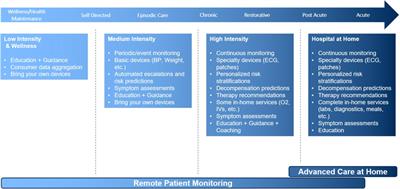
Frontiers Development and implementation of a nurse-based remote patient monitoring program for ambulatory disease management
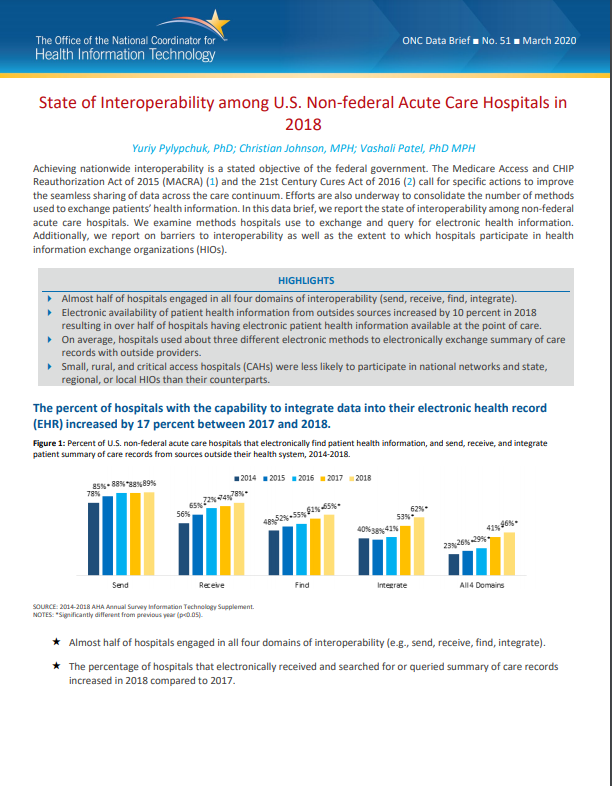
Databriefs

Progress Toward Value-Based Health Care
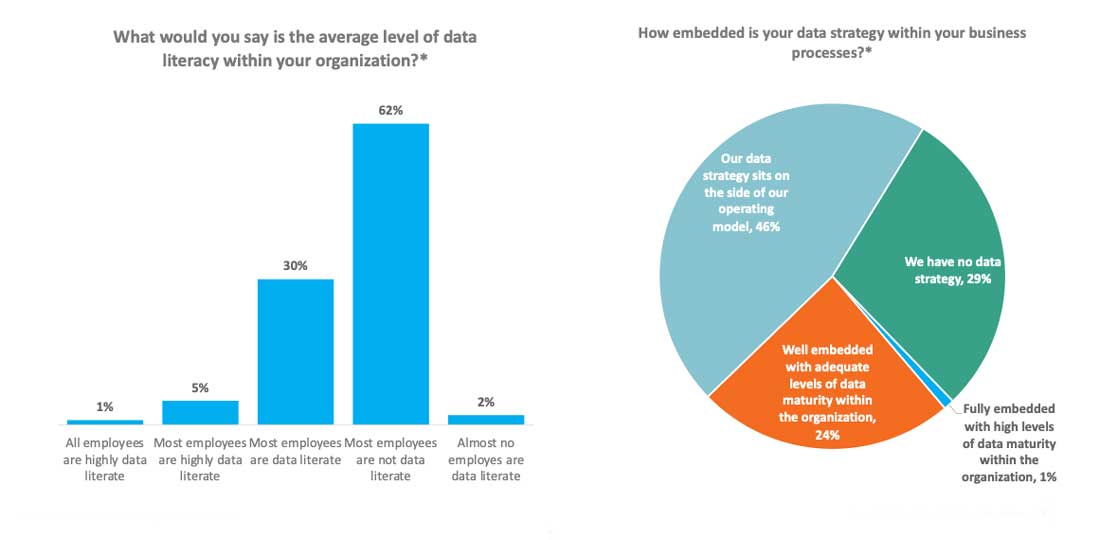
2023 Healthcare Trends: How to Navigate this Pivotal Year

Assessing COVID-19 pandemic policies and behaviours and their economic and educational trade-offs across US states from Jan 1, 2020, to July 31, 2022: an observational analysis - The Lancet

PDF) Update on Progress in Electronic Reporting of Laboratory Results to Public Health Agencies - United States, 2014
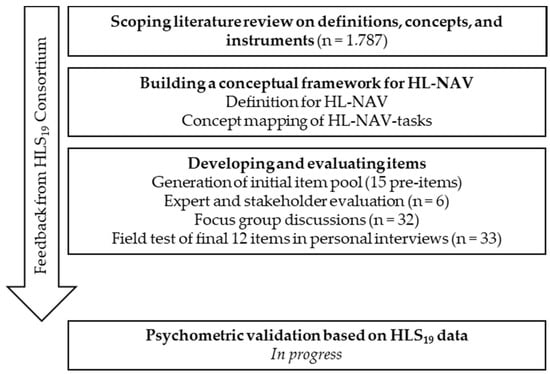
IJERPH, Free Full-Text
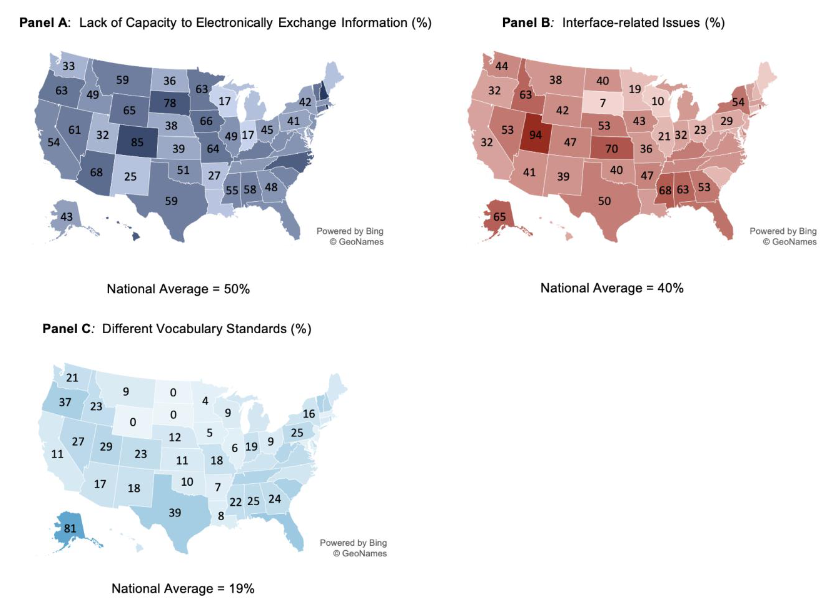
Challenges to Public Health Reporting Experienced by Non-Federal Acute Care Hospitals, 2019

Data for local decision-making, not a mere reporting requirement: development of an index to measure facility-level use of HMIS data
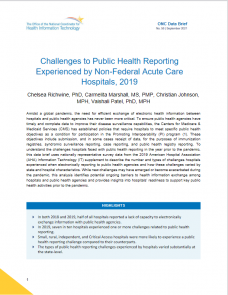
Challenges to Public Health Reporting Experienced by Non-Federal Acute Care Hospitals, 2019
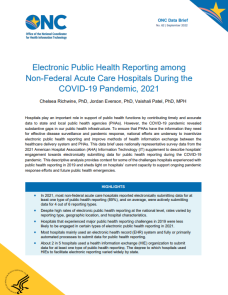
Electronic Public Health Reporting among Non-Federal Acute Care Hospitals During the COVID-19 Pandemic, 2021
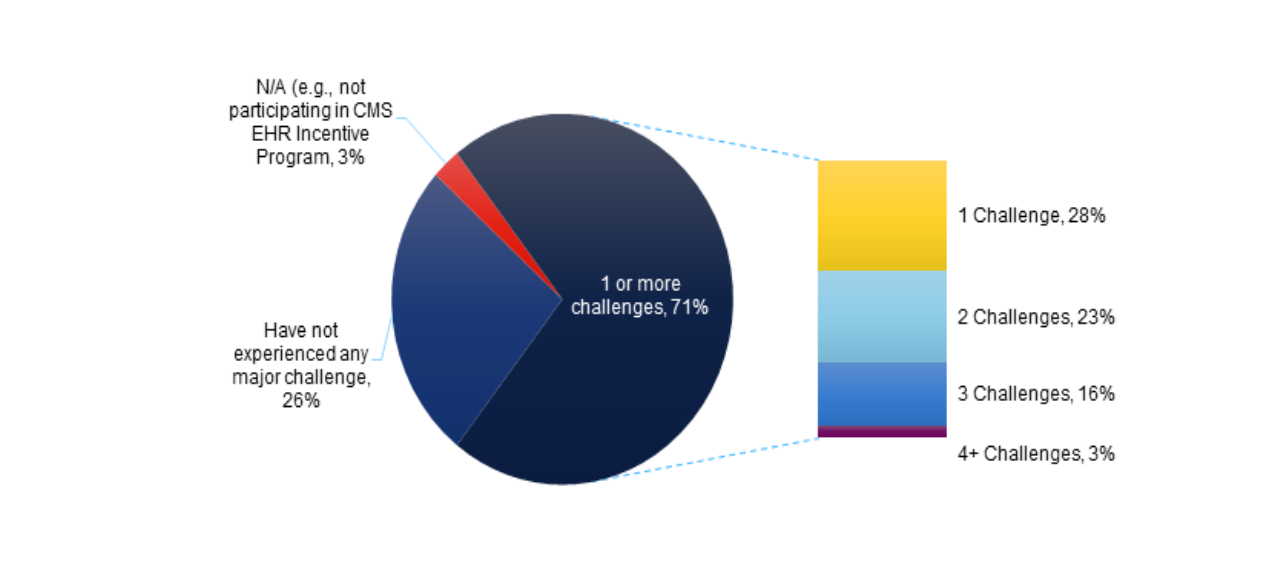
Challenges to Public Health Reporting Experienced by Non-Federal Acute Care Hospitals, 2019
de
por adulto (o preço varia de acordo com o tamanho do grupo)






